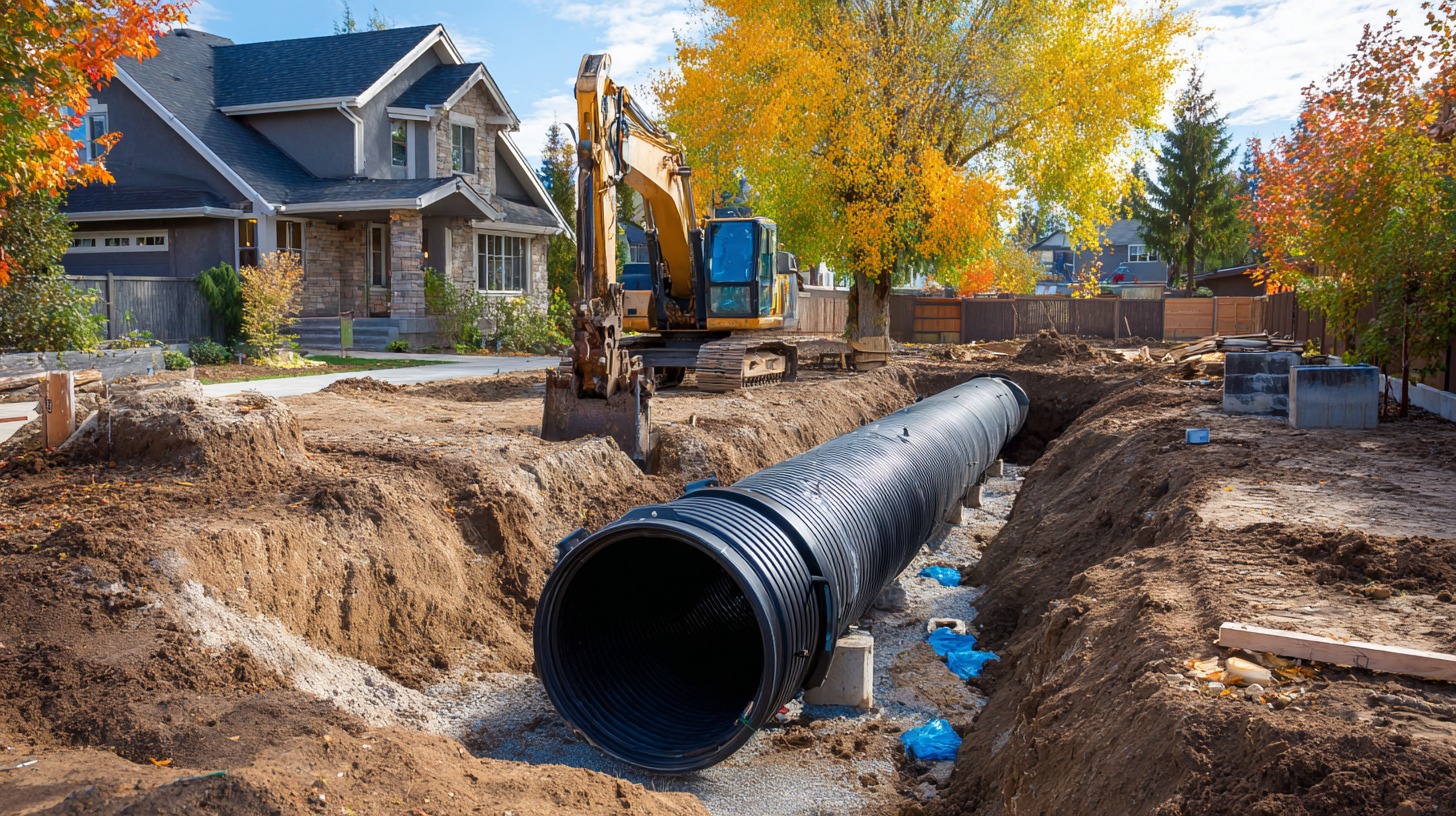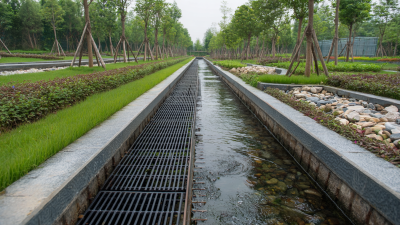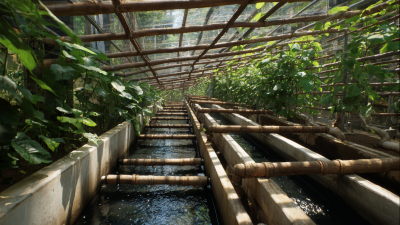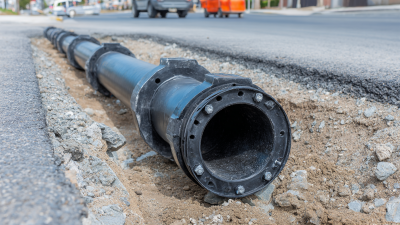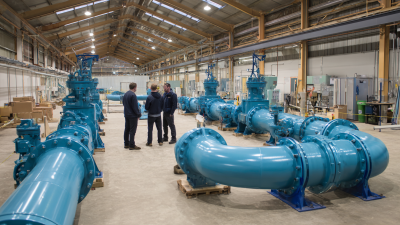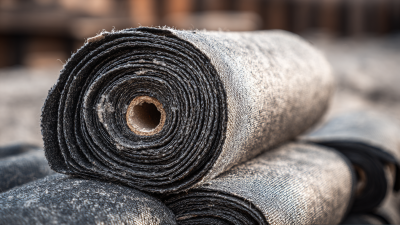Choosing the right drainage systems is crucial for the success of any construction or landscaping project. According to a recent report from the American Society of Civil Engineers, inadequate drainage contributes to approximately 25% of structural damage in infrastructure, leading to costly repairs and maintenance. Moreover, with climate change increasing the frequency of severe weather events, the demand for effective drainage systems has never been more urgent. A well-designed drainage system can mitigate flooding, protect environmental resources, and enhance the longevity of structures. In this blog, we will outline an essential checklist to guide professionals and homeowners alike in selecting the most suitable drainage systems for their specific needs, ensuring that projects achieve both efficiency and sustainability.
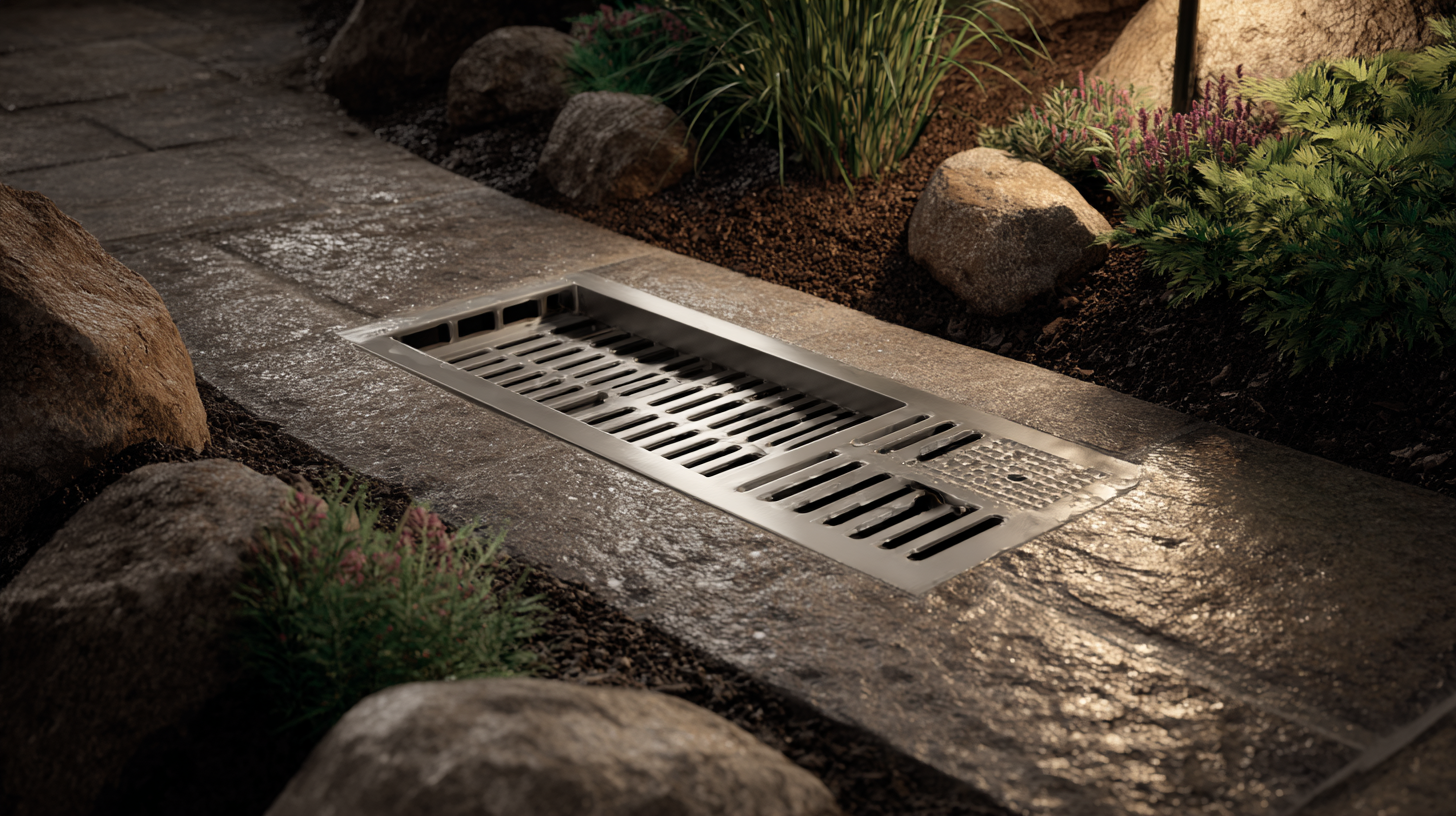
When selecting drainage systems for your projects, it's essential to consider various key factors that align with your specific needs. One of the most critical aspects is understanding the soil type in your project area. According to a report from the American Society of Civil Engineers (ASCE), 60% of drainage failures are attributed to inadequate soil assessment. Different soils, whether clay, sand, or loam, have unique drainage characteristics that affect water infiltration and retention. A thorough soil analysis enables you to choose a system that effectively manages stormwater and reduces flooding risks.
Another crucial consideration is the local climate. The National Oceanic and Atmospheric Administration (NOAA) data indicates that regions prone to heavy rainfall require more robust drainage systems. For instance, areas receiving over 40 inches of annual rainfall may benefit from subsurface drainage solutions such as French drains or perforated pipes, which provide efficient water movement and prevent surface pooling. Furthermore, opting for durable materials suited for harsh weather conditions can enhance system longevity, reducing the need for frequent maintenance and replacement. These considerations ensure that your chosen drainage system is not only practical but also resilient against environmental challenges.
When it comes to selecting a drainage system for a project, understanding the different types available is crucial. Each system comes with its own set of advantages and disadvantages tailored to specific applications. For instance, surface drainage systems are typically used in areas with high rainfall. These systems effectively channel runoff away from structures, minimizing erosion and water accumulation. However, they may require regular maintenance to prevent blockages from debris and sediment.
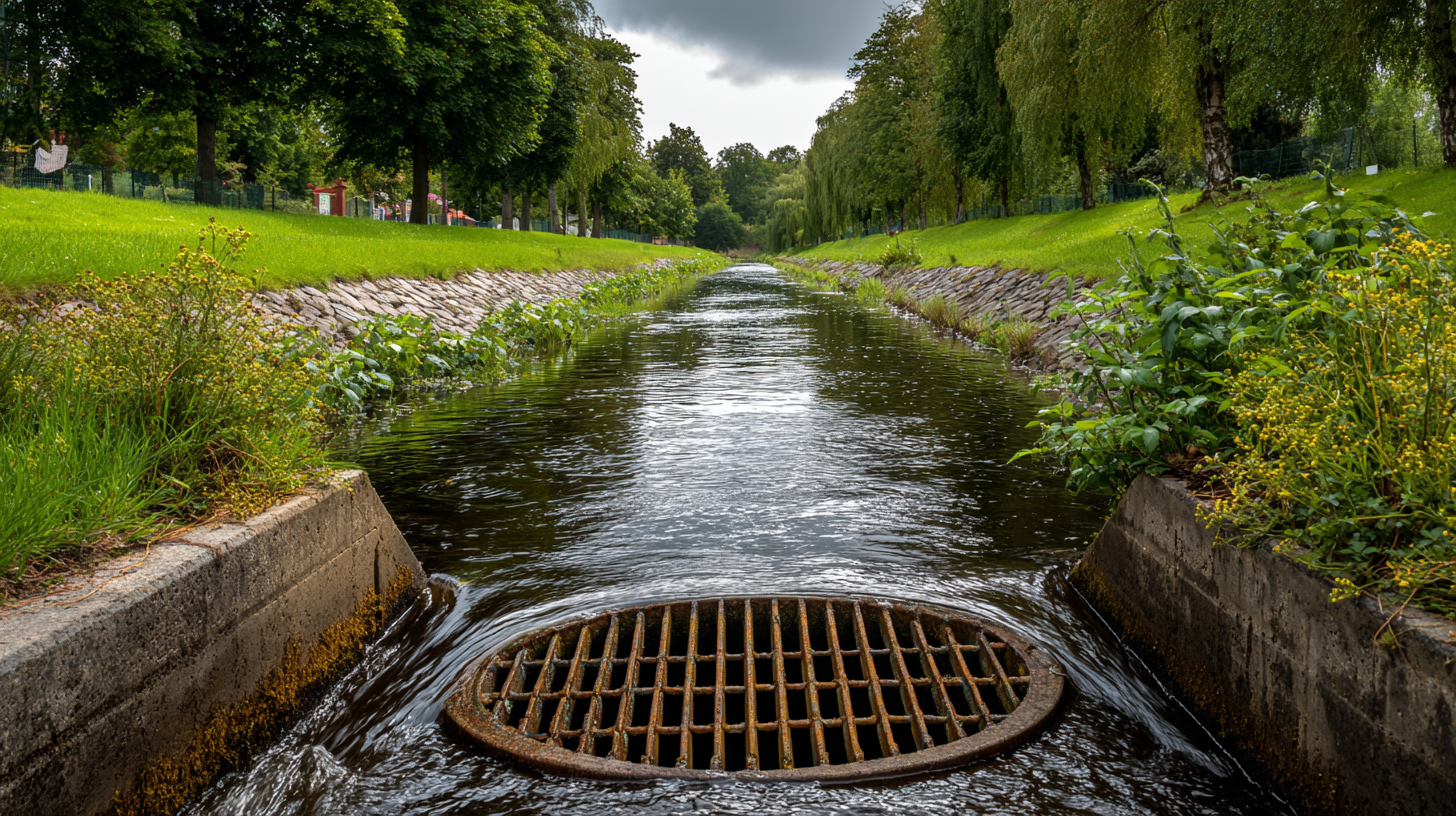 On the other hand, subsurface drainage systems, such as French drains, are ideal for areas with poor soil drainage. They work by redirecting groundwater away from foundations, thus reducing the risk of water damage in basements and crawl spaces. While these systems are effective, they can be more expensive to install and may require extensive excavation. Ultimately, evaluating the pros and cons of each drainage type in relation to your project's unique requirements will lead to a more sustainable and effective solution.
On the other hand, subsurface drainage systems, such as French drains, are ideal for areas with poor soil drainage. They work by redirecting groundwater away from foundations, thus reducing the risk of water damage in basements and crawl spaces. While these systems are effective, they can be more expensive to install and may require extensive excavation. Ultimately, evaluating the pros and cons of each drainage type in relation to your project's unique requirements will lead to a more sustainable and effective solution.
When selecting a drainage system for your project, it's crucial to steer clear of common pitfalls that could lead to future issues. One major mistake is overlooking the specific needs of your site. Failing to evaluate factors like soil type, slope, and rainfall patterns can result in a system that doesn't function optimally. Ensure you conduct a thorough site assessment before making a decision.
Another frequent error is underestimating the importance of professional guidance. Many homeowners attempt to save money by choosing DIY solutions without the necessary expertise, often leading to costly repairs down the line. Consulting with drainage specialists can help pinpoint the best options tailored to your project's requirements.
Lastly, neglecting maintenance is a recipe for disaster. Regular inspections and cleanings are essential for ensuring your drainage system remains effective. Just like maintaining your home’s exterior or garden, a proactive approach to drainage management can save you from headaches in the future. Remember to incorporate these tips into your planning to avoid costly mistakes and achieve a well-functioning drainage solution.
| Dimension | Details | Common Mistakes |
|---|---|---|
| Material | PVC, HDPE, Concrete | Choosing the wrong material for soil conditions |
| Capacity | Flow rate and volume of water | Underestimating water flow needs |
| Installation Location | Above ground, below ground, sloped areas | Not considering the terrain and drainage patterns |
| Maintenance | Ease of access for cleaning and repairs | Ignoring future maintenance needs |
| Regulations | Local building codes and environmental regulations | Neglecting compliance with legal standards |
| System Type | Surface drainage, subsurface drainage, trench drains | Failing to select the appropriate type for the application |
When choosing the right drainage system for your projects, assessing local regulations and understanding the environmental impact are crucial steps that can significantly influence your decisions. Local regulations often dictate the types of materials and methods that can be used, as well as the required permits and inspections. Familiarizing yourself with these guidelines ensures compliance and helps avoid potential fines or project delays. Engaging with local authorities or consulting with experienced professionals can provide invaluable insights into these regulations and streamline your planning process.
In addition to regulations, evaluating the environmental impact of your drainage systems is essential for sustainable development. Consider the effects on local ecosystems, water quality, and soil health when selecting a drainage solution. Implementing environmentally friendly options may involve using permeable materials or designing systems that encourage natural water absorption. Conducting an environmental impact assessment can help identify potential issues and guide you in choosing a drainage system that aligns with both regulatory standards and ecological preservation efforts, ultimately contributing to the long-term success of your project.
When planning a drainage system for your project, budgeting plays a critical role in ensuring that your investment aligns with your overall financial strategy. One of the primary cost factors to consider is the type of drainage system you need, which can range from simple solutions like French drains to more complex systems like retention basins. Each option varies in installation complexity and material requirements, directly impacting your overall expenses. Additionally, site condition—such as soil type, climate, and topography—will influence the costs, necessitating thorough site analysis before making a final decision.
In addition to direct costs, it’s essential to explore funding options that can ease financial burdens. Many local governments provide grants or low-interest loans for infrastructure improvements, including drainage systems, aimed at environmental protection and public safety. It’s also worth investigating public-private partnerships or community funding initiatives that can offer financial support. These funding sources can minimize upfront costs and ensure that your project remains on budget while still meeting the necessary drainage standards for effectiveness and sustainability.
